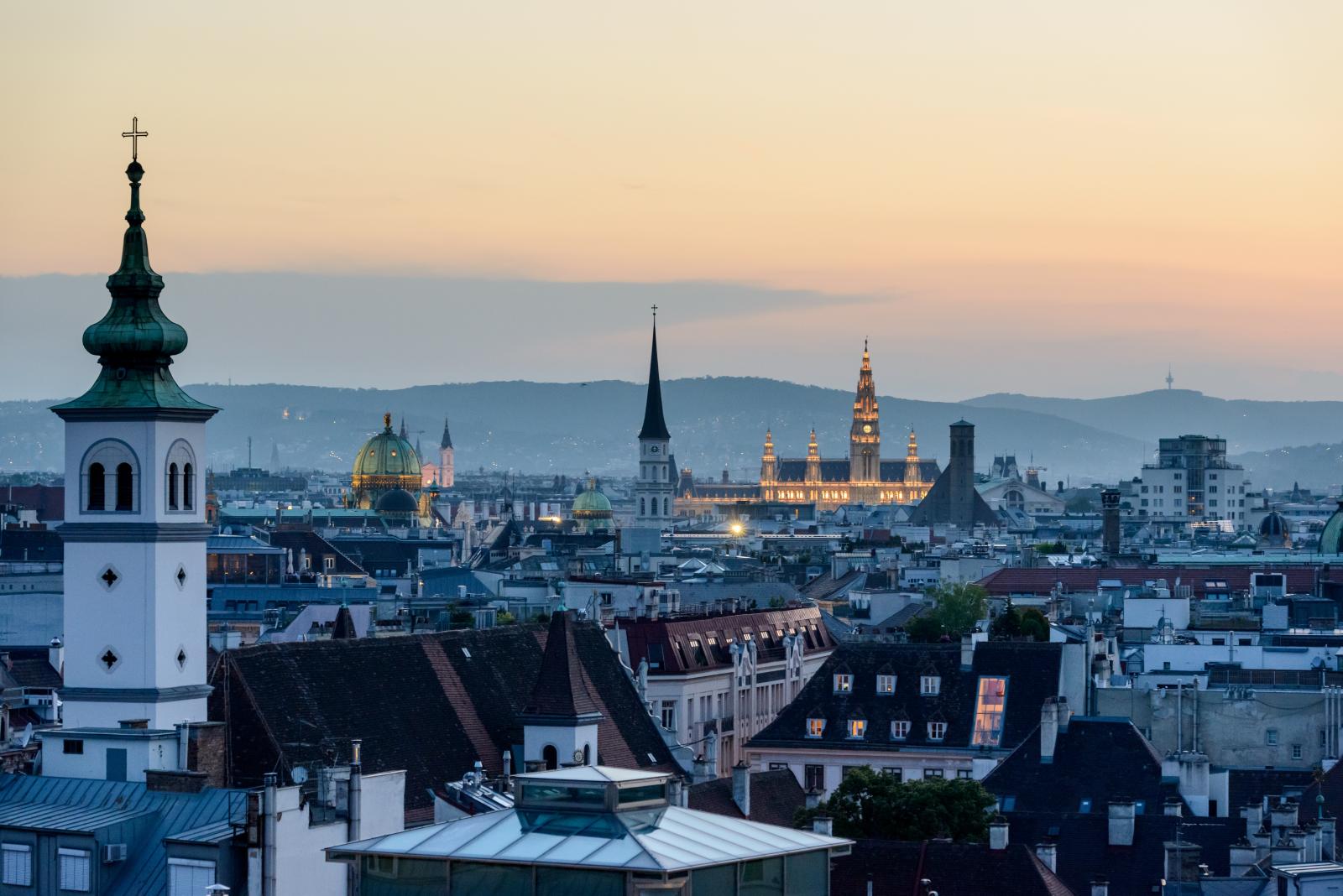Oh, Vienna! Lessons from the world's most liveable city

As part of our ‘Healthy Streets for All’ year of action, we were delighted to sponsor this year’s Healthy Streets conference which took place at the Guildhall in London. The day amply illustrated the ever growing ranks of cities seeking to put people, their health and wellbeing at the centre of their urban planning. In a day packed with inspiring city case studies, the one that particularly stood out for me was Vienna – named the world’s most liveable city nine years in a row. Maria Vassilakou, Vienna’s Vice Mayor and Deputy Governor painted a compelling picture of how this came about. Here’s what we can learn from Vienna’s approach – note also how it meets all ten Healthy Streets Indicators, flagged up in bold.
Children are the key to a healthy city
Vienna’s urban planning takes the needs of children as its starting point. The city’s leaders believe that if a city is good for children, it is good for everyone (Everyone feels welcome). A city that welcomes children means that families, and young professionals thinking about starting a family, are not driven out to the suburbs but are encouraged instead to stay and build their lives in the heart of Vienna. Doing so not only creates a vibrant, multi-generational environment, it also cuts the congestion and pollution associated with commuting (Easy to cross, Clean air, Not too noisy). Places that are designed around children are pleasant places to be. Designing for the needs of a child means plenty of safe space for walking and cycling, restricting car traffic and providing opportunities for play and exploration (People choose to walk and cycle, People feel safe, Things to see and do). Some 50% of Vienna is green space and they intend to retain this (Shade and shelter). City streets are dotted with trees and interspersed with splashy water features which are great fun for kids and offer interest, animation and a calming environment for everyone else. The idea is for people to feel relaxed, slow down and take time to enjoy city spaces which offer them something to experience (Things to see and do, People feel relaxed).
Affordability and fairness
Vienna, home of grand palaces, high culture and an impressive musical, artistic and intellectual legacy (Mozart, Beethoven, Klimt and Freud all called it home) is not necessarily the place you would expect to prize affordability and access for all. But you don’t get to become the world’s most liveable city by excluding people. Vienna’s vision is for a city where everyone can afford to have a good life (Everyone feels welcome). An annual public transport ticket is 365 Euros, just 1 Euro a day to travel throughout the city! Imagine that. This, together with a welcoming urban realm, helps to explain why 73% of trips in the city are by public transport, cycling and walking. They aim to increase that to 80% by 2025 (People choose to walk and cycle). The city also offers annual grants to communities to transform under-used spaces into temporary ‘neighbourhood oases’. Crucially, these must be available to everyone ‘without consumption’ – places that can be enjoyed without buying anything (Places to stop and rest).
The party where everyone’s invited
As Maria put it in her presentation, ‘People will go where the party is…let your city be the party’. Vienna is all about creating excitement and interest (Things to see and do). Giving children space to play. Creating public spaces that allow for temporary uses. Building an environment where everyone feels welcome. As UTG lead Board member for health, Jon Lamonte put it in his presentation about Greater Manchester’s emerging ‘Streets for All’ programme, we need to ‘make streets an invitation’. An invitation to play, to enjoy, to stay.
Rebecca Fuller

